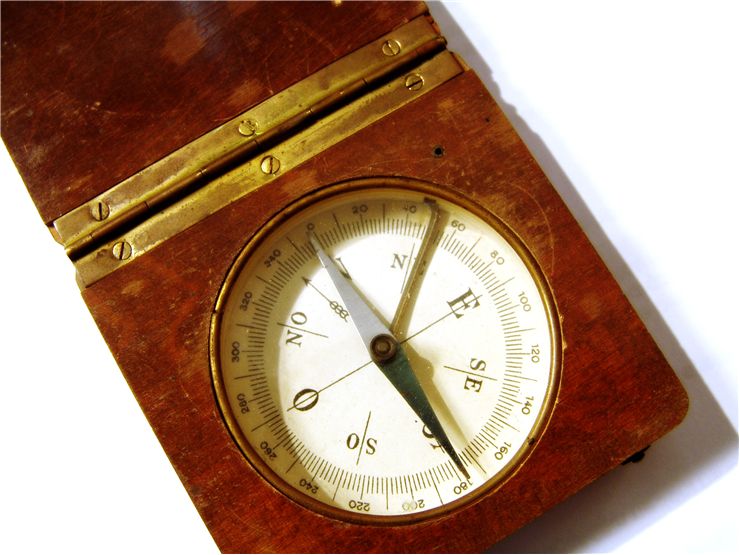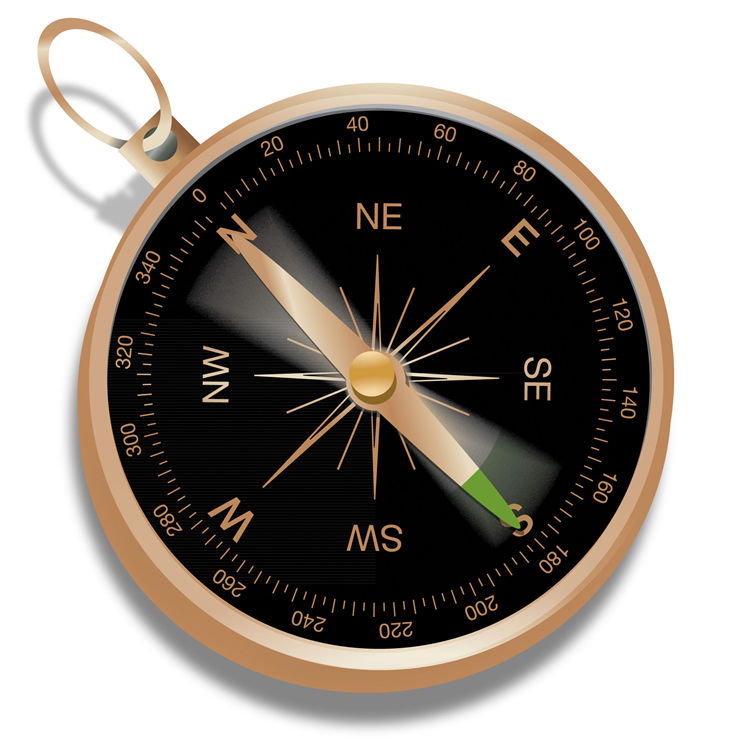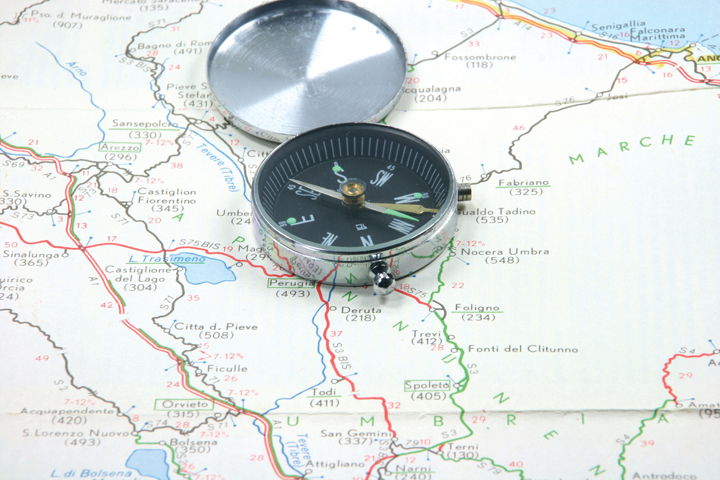Facts and History of the Compass
HistoryOfCompass.com is place where you can read all about invention of the compass including its history, inventors, making process, types, interesting facts and other information.
Compass History
People knew about magnet and how it affected iron 600 years before it was used for the first time as a compass. Even then it was not used for navigation but for geomancy. 900 years later it was used in astronomy and for orientation and for same purposes is used still.
Compass Facts
Compasses differ according to purpose, complexity, materials and some solutions that were used to solve some problems that could appear during their use. They also changed during the history, from the moment they were invented.
Compass Making
A simple as it is, there is a skill in how to use compass, especially when it is used with other tools and instruments, and knowledge in how it works. As compass was perfected, its use became more complex.
Brief History
Compass is an instrument for navigation and orientation. It has a magnetic needle or a card that can rotate freely, and if positioned horizontally it will align itself with the magnetic field of the Earth and point Magnetic North-South. The First compass was invented in China during the Han Dynasty between the 2nd century BC and 1st century AD, (we don’t know precisely when). At first, it was used for divination, fortune-telling and geomancy, for finding precious gems and in Feng Shui but in time people discovered that it can be used for navigation and orientation. People knew about magnetite even before then, but it took centuries for it to get at least some purpose.
Earliest compasses were made of lodestone, a particular form of the mineral magnetite. The first compass was a lump of lodestone that was tied to a rope and left to hang freely. Other were also made from lodestone but were shaped like a spoon or a ladle whose handle was made to point south. Somewhere made to work when left on the ground while other had a plate on which it stood and which had sides of the world marked on it. China military used a compass for navigational orienteering in the 11th century and for naval orienteering in 12th. Compasses were then made of magnetized iron instead of lodestone and were so called “south pointing fish” which was a magnetized iron fish that floated in a bowl of water and pointed south. Later was invented a turtle the compass, which was a type of dry compass. Its main part was a wooden turtle which had lodestone in it which was fixed with wax and had a needle sticking out. Wooden turtle balanced on a bamboo needle, which allowed it to rotate freely and the needle pointed north.
In the 12th century compass appeared in Europe. Both types of compass appeared: a floating compass for astronomical purposes and a dry compass for seafaring. It improved sailing which, until then, relied on orientation by the sun or by stars and was limited to sea travel between October and April. Now ships could sail throughout the whole year.
Islamic world imported compass during the 13th century and used it for the same purposes as the rest of the world: astronomy and seafaring. They also invented a type of the compass for use in prayers. They made a dry compass for use as a "Qibla (Kabba) indicator" to find the direction to Mecca for their daily prayers.
Compass is still used today but in its improved forms, made from modern materials.
- The first compass used on boats and that had no liquid that would hold it in a horizontal position was a dry compass. Its main part was a standard magnetic compass which was placed in the three ring gimbal that held compass horizontal position during the rough sea.
- Magnetic compass does not point to a geographic pole (so called true pole), but to the magnetic pole. That is why some correction must be done before determining of the true North.
- Western and Arab compass has 32 defined points on its rose-of-winds. Eastern has 24 and 48 points.
- Older roses-of-winds didn’t have marked sides of the world but the names of the winds.
Featured Articles
Compass Types
Compasses can be divided on those that direct to the magnetic poles of Earth and those that direct to true poles of Earth. There are also compasses that are used professional, amateur and even religious purposes. Read more about types of compasses.
Interesting Facts about Compass
Do you know how compasses work if they are placed on ships or planes where there is a lot of metal? Do you know what is boxing the compass? Do you think that a compass points to a geographic pole? Read interesting facts about compass.
History of the Magnetic Compass
Magnetic compass was at first used as a magical artifact and a tool for divination. It took centuries for it to be used for its proper purpose and to change the world as we knew it.


